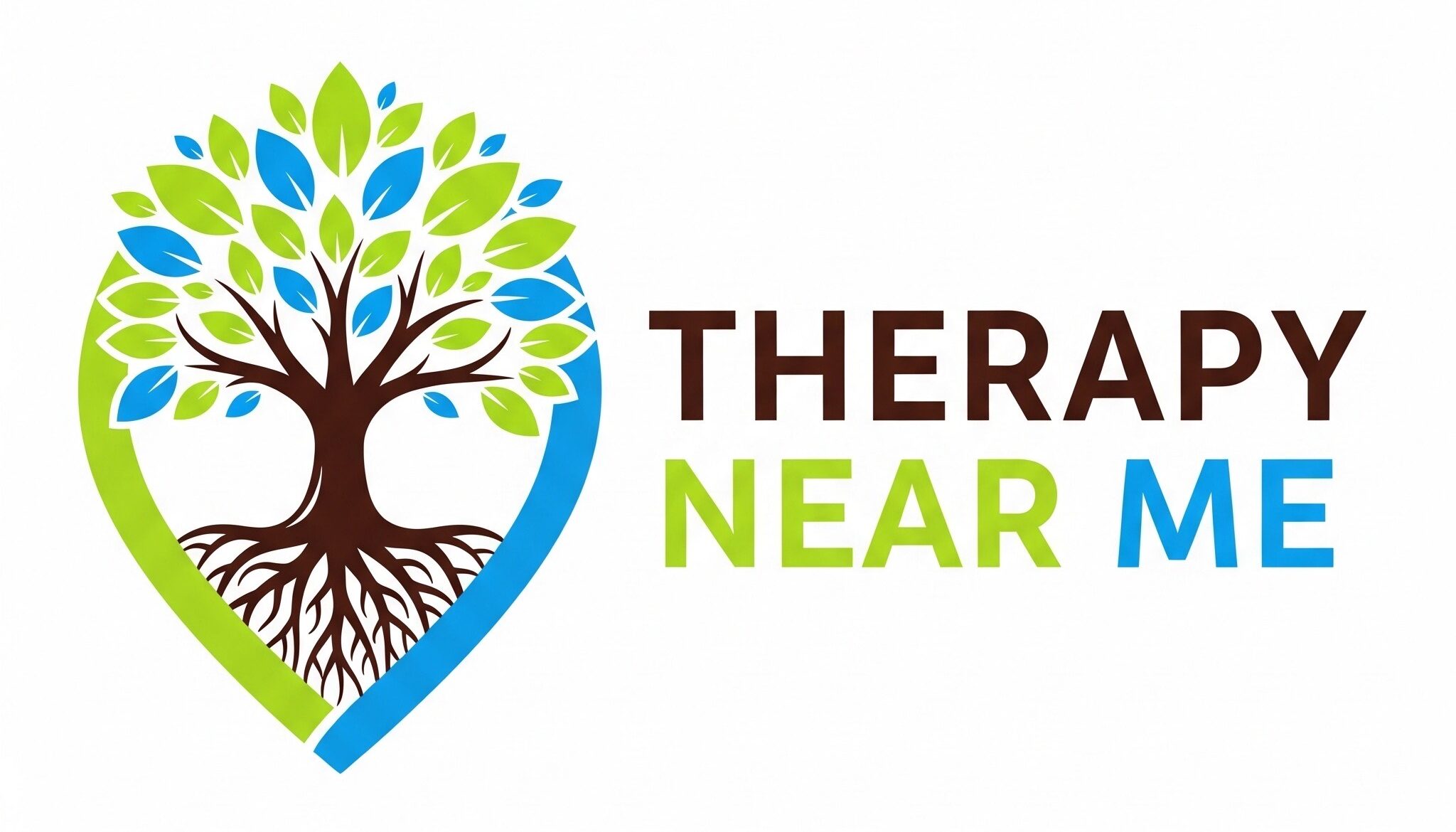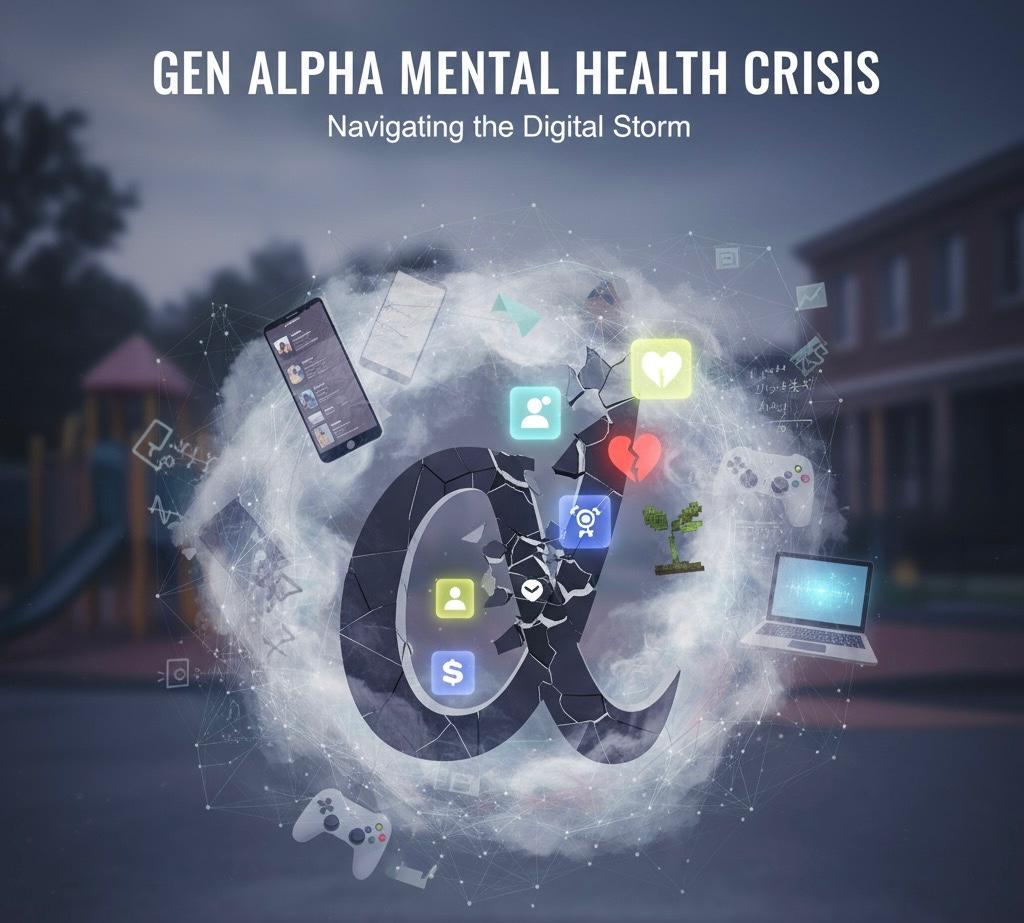Trauma-focused therapy is a type of mental health treatment designed to help individuals recover from the effects of trauma. Trauma can result from various distressing events, such as natural disasters, accidents, abuse, or witnessing violence. The goal of trauma-focused therapy is to provide a safe and supportive environment where individuals can process their traumatic experiences, reduce symptoms of post-traumatic stress, and develop coping strategies. This article explores the principles, techniques, and effectiveness of trauma-focused therapy, supported by scientific research and expert insights.
Principles of Trauma-Focused Therapy
Understanding Trauma
Trauma is an emotional response to an extremely negative event. While trauma is a normal reaction to such events, it can have long-term effects on an individual’s mental and physical health if not addressed properly (American Psychiatric Association, 2013). Trauma-focused therapy aims to address these effects by helping individuals process their traumatic experiences in a therapeutic setting.
Core Principles
- Safety: Creating a secure and trusting environment is crucial for trauma therapy. Clients must feel safe to explore and express their feelings (Herman, 1997).
- Empowerment: Therapy should empower clients by focusing on their strengths and resilience. Clients are encouraged to take an active role in their healing process (Saakvitne et al., 2000).
- Trust: Building a strong therapeutic relationship based on trust and respect is essential for effective trauma therapy (Courtois & Ford, 2009).
Techniques of Trauma-Focused Therapy
Cognitive-Behavioural Therapy (CBT)
Cognitive-behavioural therapy (CBT) is one of the most widely used approaches in trauma-focused therapy. CBT helps individuals identify and challenge distorted thoughts related to the trauma and develop healthier thinking patterns. Techniques include:
- Cognitive Restructuring: Changing negative thought patterns about the trauma.
- Exposure Therapy: Gradually confronting trauma-related memories and situations in a controlled environment (Foa et al., 2009).
Eye Movement Desensitisation and Reprocessing (EMDR)
EMDR is a workd therapy that involves the use of bilateral stimulation, such as eye movements, to help individuals process traumatic memories. EMDR aims to reduce the emotional intensity of traumatic memories and promote adaptive thinking (Shapiro, 2001).
Prolonged Exposure Therapy
Prolonged Exposure (PE) therapy involves repeated and detailed recounting of the traumatic experience to reduce its power over the individual. This technique helps desensitise the client to trauma-related triggers and decrease avoidance behaviours (Foa et al., 2007).
Trauma-Focused Cognitive-Behavioural Therapy (TF-CBT)
TF-CBT is specifically designed for children and adolescents who have experienced trauma. It combines elements of CBT with trauma-sensitive interventions to address both the psychological and emotional needs of young clients and their families (Cohen et al., 2006).
Narrative Exposure Therapy (NET)
NET is used for individuals who have experienced multiple traumatic events, such as refugees or survivors of war. It involves creating a detailed narrative of the traumatic experiences to integrate them into the individual’s life story, promoting coherence and emotional processing (Neuner et al., 2004).
Effectiveness of Trauma-Focused Therapy
Research Evidence
Extensive research supports the effectiveness of trauma-focused therapy in reducing symptoms of post-traumatic stress disorder (PTSD) and improving overall mental health. Meta-analyses have shown that trauma-focused therapies, such as CBT, EMDR, and PE, are highly effective in treating PTSD (Bisson et al., 2007).
Long-Term Benefits
Trauma-focused therapy not only reduces immediate symptoms but also provides long-term benefits. Clients often report sustained improvements in their mental health, better coping strategies, and enhanced quality of life following therapy (Bradley et al., 2005).
Comparative Effectiveness
Studies comparing different trauma-focused therapies have found that while all are generally effective, individual responses can vary. The choice of therapy may depend on the client’s specific needs, preferences, and the nature of the trauma experienced (Cusack et al., 2016).
Applications of Trauma-Focused Therapy
PTSD and Trauma-Related Disorders
Trauma-focused therapy is primarily used to treat PTSD and other trauma-related disorders. It helps individuals process and integrate traumatic memories, reducing the impact of these experiences on their daily lives (American Psychiatric Association, 2013).
Childhood Trauma
TF-CBT and other trauma-focused approaches are effective in addressing childhood trauma, including abuse, neglect, and witnessing violence. These therapies help children and adolescents develop healthy coping mechanisms and improve their emotional regulation (Cohen et al., 2006).
Complex Trauma
Complex trauma, resulting from prolonged or repeated traumatic experiences, such as ongoing abuse or captivity, can also be treated with trauma-focused therapy. Techniques like EMDR and NET are particularly beneficial in these cases, as they address the cumulative impact of multiple traumas (Courtois & Ford, 2009).
Conclusion
Trauma-focused therapy is a vital tool in the treatment of trauma and its long-term effects. By providing a safe and supportive environment, and utilising evidence-based techniques, trauma-focused therapists help individuals process their traumatic experiences, reduce symptoms, and build resilience. With robust research backing its effectiveness, trauma-focused therapy remains a cornerstone in the field of mental health treatment.
References
- American Psychiatric Association. (2013). Diagnostic and Statistical Manual of Mental Disorders (5th ed.). American Psychiatric Publishing.
- Bisson, J. I., Ehlers, A., Matthews, R., Pilling, S., Richards, D., & Turner, S. (2007). Psychological treatments for chronic post-traumatic stress disorder: Systematic review and meta-analysis. British Journal of Psychiatry, 190, 97-104.
- Bradley, R., Greene, J., Russ, E., Dutra, L., & Westen, D. (2005). A multidimensional meta-analysis of psychotherapy for PTSD. American Journal of Psychiatry, 162(2), 214-227.
- Cohen, J. A., Mannarino, A. P., & Deblinger, E. (2006). Trauma-Focused Cognitive Behavioral Therapy for Children and Adolescents: Treatment Applications. Guilford Press.
- Courtois, C. A., & Ford, J. D. (2009). Treating Complex Traumatic Stress Disorders (Adults): An Evidence-Based Guide. Guilford Press.
- Cusack, K., Jonas, D. E., Forneris, C. A., Wines, C., Sonis, J., Cook Middleton, J., … & Strauss, J. L. (2016). Psychological treatments for adults with posttraumatic stress disorder: A systematic review and meta-analysis. Clinical Psychology Review, 43, 128-141.
- Foa, E. B., Hembree, E. A., & Rothbaum, B. O. (2007). Prolonged Exposure Therapy for PTSD: Emotional Processing of Traumatic Experiences. Oxford University Press.
- Foa, E. B., Keane, T. M., Friedman, M. J., & Cohen, J. A. (2009). Effective Treatments for PTSD: Practice Guidelines from the International Society for Traumatic Stress Studies (2nd ed.). Guilford Press.
- Herman, J. L. (1997). Trauma and Recovery: The Aftermath of Violence–From Domestic Abuse to Political Terror. Basic Books.
- Neuner, F., Schauer, M., Klaschik, C., Karunakara, U., & Elbert, T. (2004). A comparison of narrative exposure therapy, supportive counselling, and psychoeducation for treating posttraumatic stress disorder in an African refugee settlement. Journal of Consulting and Clinical Psychology, 72(4), 579-587.
- Saakvitne, K. W., Gamble, S., Pearlman, L. A., & Lev, B. T. (2000). Risking Connection: A Training Curriculum for Working with Survivors of Childhood Abuse. Sidran Press.
- Shapiro, F. (2001). Eye Movement Desensitization and Reprocessing (EMDR) Therapy: Basic Principles, Protocols, and Procedures. Guilford Press.
How to get in touch
If you or your NDIS participant need immediate mental healthcare assistance, feel free to get in contact with us on 1800 NEAR ME – admin@therapynearme.com.au.







